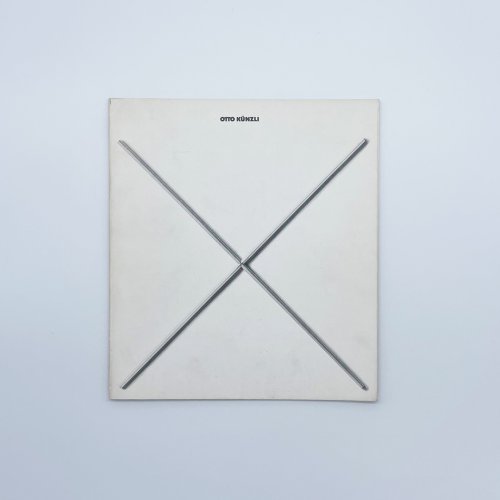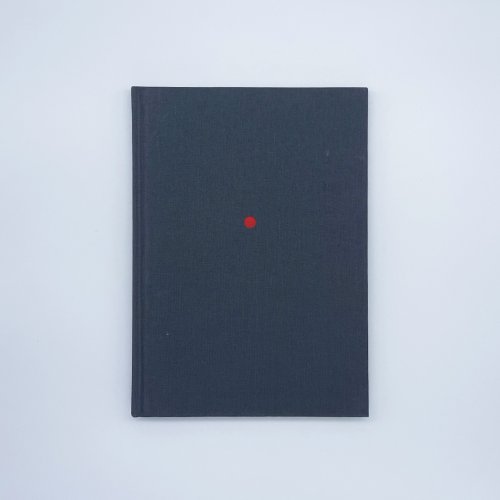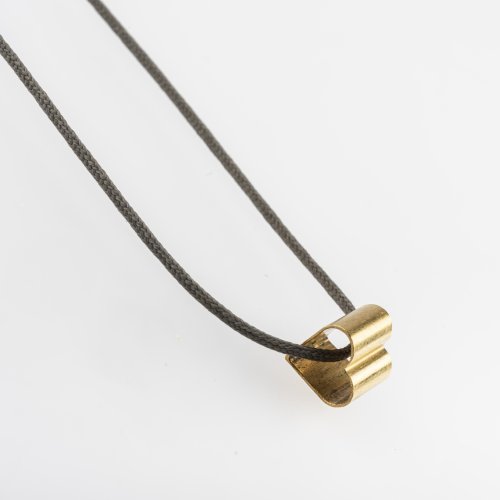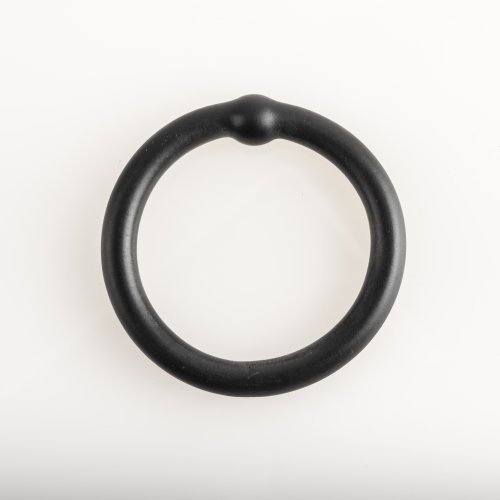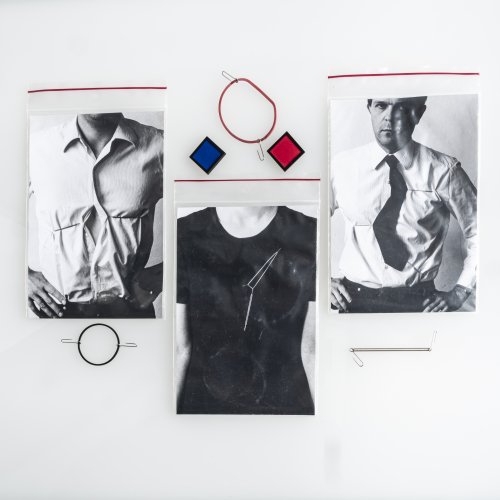Biography
"Jewelry is. Jewelry happens. I'm interested in things that happen." (Cf. Hufnagel 2013, p. 166). This quote by Künzli is characteristic for his artistic work, which is marked by curiosity about the interrelationship between man and object, as well as by his interest in the material and its transformation into jewelry.
Otto Künzli is one of the most renowned author’s jewelry artists of international rank. His works can be found in numerous museums worldwide, as well as in important public and private collections. He has also received prestigious awards such as the Golden Ring of Honor of the Hanau Society for Goldsmiths' Art and the Swiss Culture Prize. Otto Künzli's path to becoming a jewelry artist began in 1965, when he first completed a five-year apprenticeship at the metal class of the Kunstgewerbeschule, later Hochschule der Künste, in Zurich. In 1972, he finally settled in Munich with Therese Hilbert, who, like Künzli, is dedicated to author's jewelry and also gained prominence in this field.
He became one of the most important protagonists in the history of author's jewelry in Munich. From 1972 to 1978, for example, he got his formation at the Academy of Fine Arts in Munich in the class for Goldsmithing and Jewelry under the direction of Hermann Jünger, which he finally took over from him in 1991 and led until 2014. Thus, Otto Künzli not only designs author's jewelry himself, but also has trained numerous jewelry artists, some of whom now have international standing themselves. Among them are Karl Fritsch, Lisa Walker and David Bielander.
His own work is characterized by perfect craftsmanship and minimalist clarity of form. This can be seen in his necklace 'Orbit' (2006), which shows the golden "planet" dancing light-footedly on a fine steel cable, just as Charlie Chaplin once balanced the globe in the film "The Great Dictator" (Cf. Hufnagel 2013, p. 23).
At the same time, his jewelry captivates with humor and conceptual intensity by infusing them with a subtext, both materially and symbolically. For example, the smoking jewelry 'Manhattan Piece' (1987) or the bangle 'Gold macht blind' (1980). In the case of the bangle, Otto Künzli placed a ball of gold in a black plastic ring in such a way that it could no longer be seen from the outside. Linked to the title of the piece, this practice, which seems absurd if not parodic, also reveals a cautionary message that adds a deeper level of meaning to the piece of jewelry. This, in turn, uniquely manifests the expansion of the author's jewelry from a purely decorative object to an object of art.
Carina Schlager, B.A.

